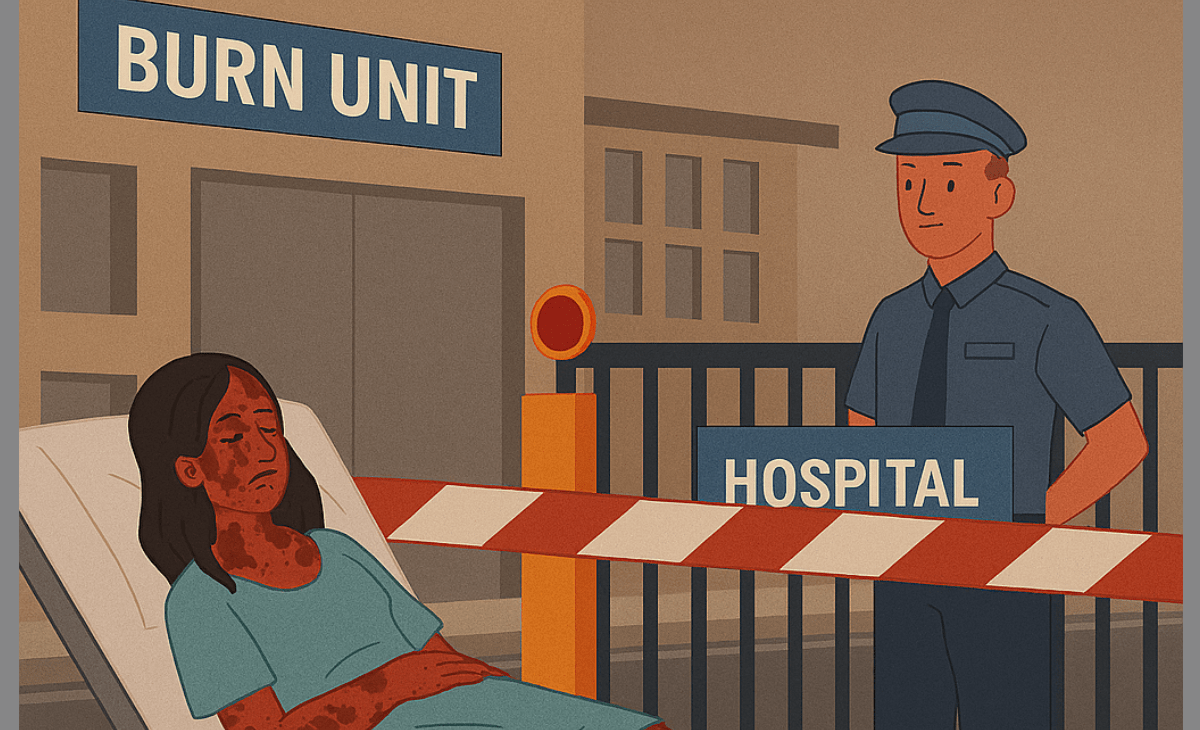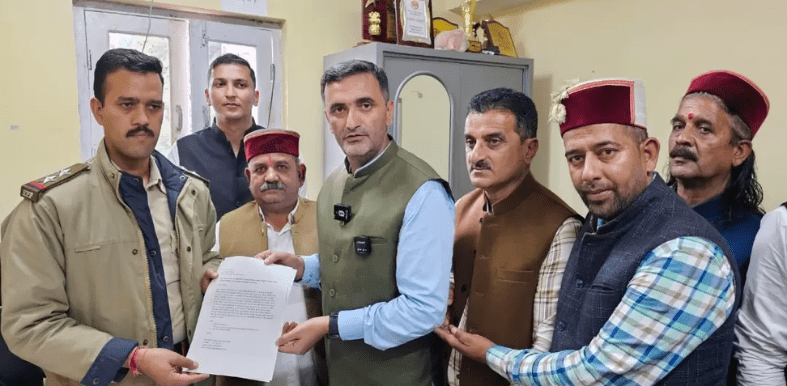Munish Sood
Mandi
The recent acid attack on a woman in Mandi district has triggered widespread concern across Himachal Pradesh—not only over the brutality of the crime but also over the sequence of medical referrals that followed. The incident has prompted calls for a thorough review of the state’s emergency healthcare systems.
Victim Shifted From One Hospital to Another, Family Claims
According to the victim’s family, after the attack she was initially taken to the Mandi Zonal Hospital, where primary treatment was given. The family states that the hospital referred her to AIIMS Bilaspur for specialised management.
However, the family further alleges that upon reaching AIIMS Bilaspur, they were advised to proceed to PGI Chandigarh due to the availability of specialised burn-care facilities there.
As of this report, AIIMS Bilaspur has not issued an official statement confirming or explaining the circumstances of the referral.
A formal request for comment has been sent by News Radar to both AIIMS Bilaspur and Nerchowk Medical College authorities, and their responses will be incorporated once received.
Public Reaction: Concerns Over Emergency Preparedness
The sequence of referrals has led to questions among residents about the readiness of regional hospitals to handle severe burn cases.
A retired senior doctor, speaking to News Radar on the condition of anonymity, said the situation “reflects gaps in emergency preparedness” in the region.
Local resident Pandit Ravi Kant expressed public sentiment, stating: “People want to know whether the infrastructure being showcased in political speeches can actually save lives during emergencies.”
These views reflect public opinion and have not been independently verified by News Radar.
No Fully Functional Burn Unit in the Region, Officials Confirm
Preliminary information from hospital officials indicates that there is no dedicated, fully functional burn unit in Mandi Zonal Hospital or at Nerchowk Medical College. Both facilities cater to large populations from Mandi, Kullu, and Lahaul–Spiti districts.
Medical Superintendent of Mandi Zonal Hospital, Dr. Dinesh Thakur, confirmed that a burn unit existed around 2013–14 but became non-operational due to staff shortages.
The unit was later merged into the general surgery ward. He also acknowledged that a specialized burn van is no longer in use.
A similar situation is understood to exist at Nerchowk Medical College, though an official response from the institution has been sought to verify this.
Facilities Sanctioned Earlier, Now Non-Operational: Requires Clarification
Documents reviewed by News Radar indicate that a 10-bed burn unit and a burn van were sanctioned for Nerchowk Medical College under a central scheme when the institution was established.
The current operational status of these facilities remains unclear.
Requests for clarification have been formally sent to the administrative office of Nerchowk Medical College as well as the state Directorate of Health Services.
Their responses remain awaited.
Questions for State and Union Health Authorities
The matter has drawn added attention because Union Health Minister J.P. Nadda—currently serving his second term—represents Himachal Pradesh.
Citizens and civil society groups argue that establishing robust burn and trauma care facilities in the state should be a priority.
News Radar has reached out to the Union Health Ministry for an official statement regarding:
- The current status of burn units in Himachal
- Plans for operationalising sanctioned facilities
- Emergency response protocols for burn victims in the state
A response from the ministry is awaited.
Need for Transparent Emergency Care Protocols
Healthcare professionals consulted by News Radar noted that while referral decisions often depend on injury severity and treatment availability, clear communication and established protocols are essential to prevent delays in critical cases.
Experts have stressed the need for:
- Dedicated burn units in district and regional hospitals
- Recruitment of specialised staff
- Functional emergency facilities at AIIMS Bilaspur and Nerchowk
- Transparent referral guidelines to avoid confusion during life-threatening situations
A Call for Systemic Review
The Mandi tragedy has intensified the demand for a comprehensive review of Himachal’s emergency medical infrastructure.
While political parties often highlight infrastructural achievements, residents say the focus must shift to operational readiness.
This report aims to highlight the issues being raised by citizens, healthcare professionals, and local organisations.
All allegations have been attributed to their sources, and official responses will be added as soon as they are received.
The tragedy underscores an urgent need for accountability, clarity, and fully functional emergency services—so that no critically injured patient faces delays in accessing lifesaving care.





